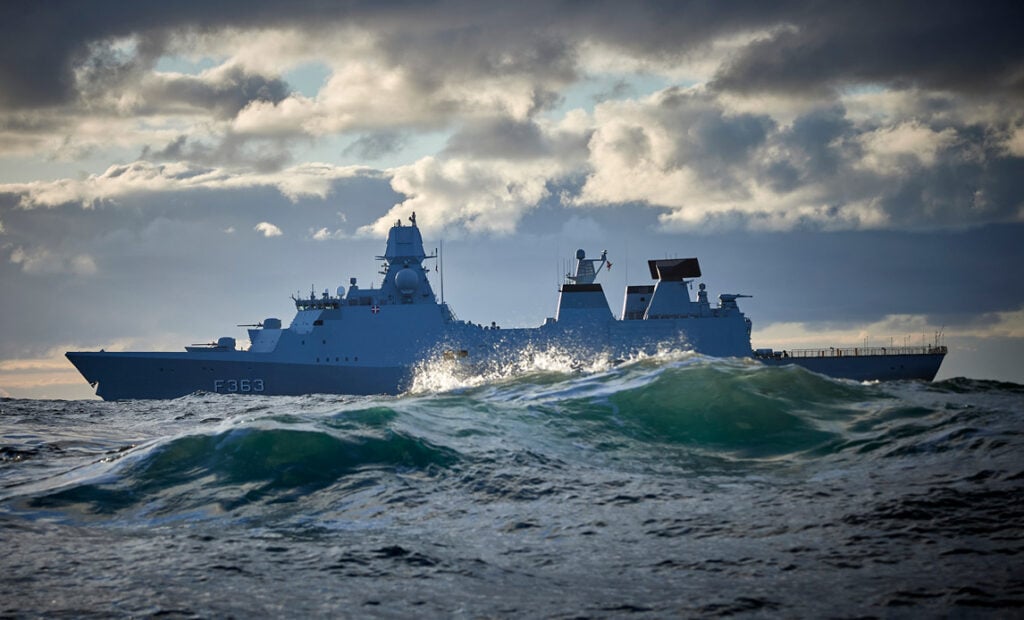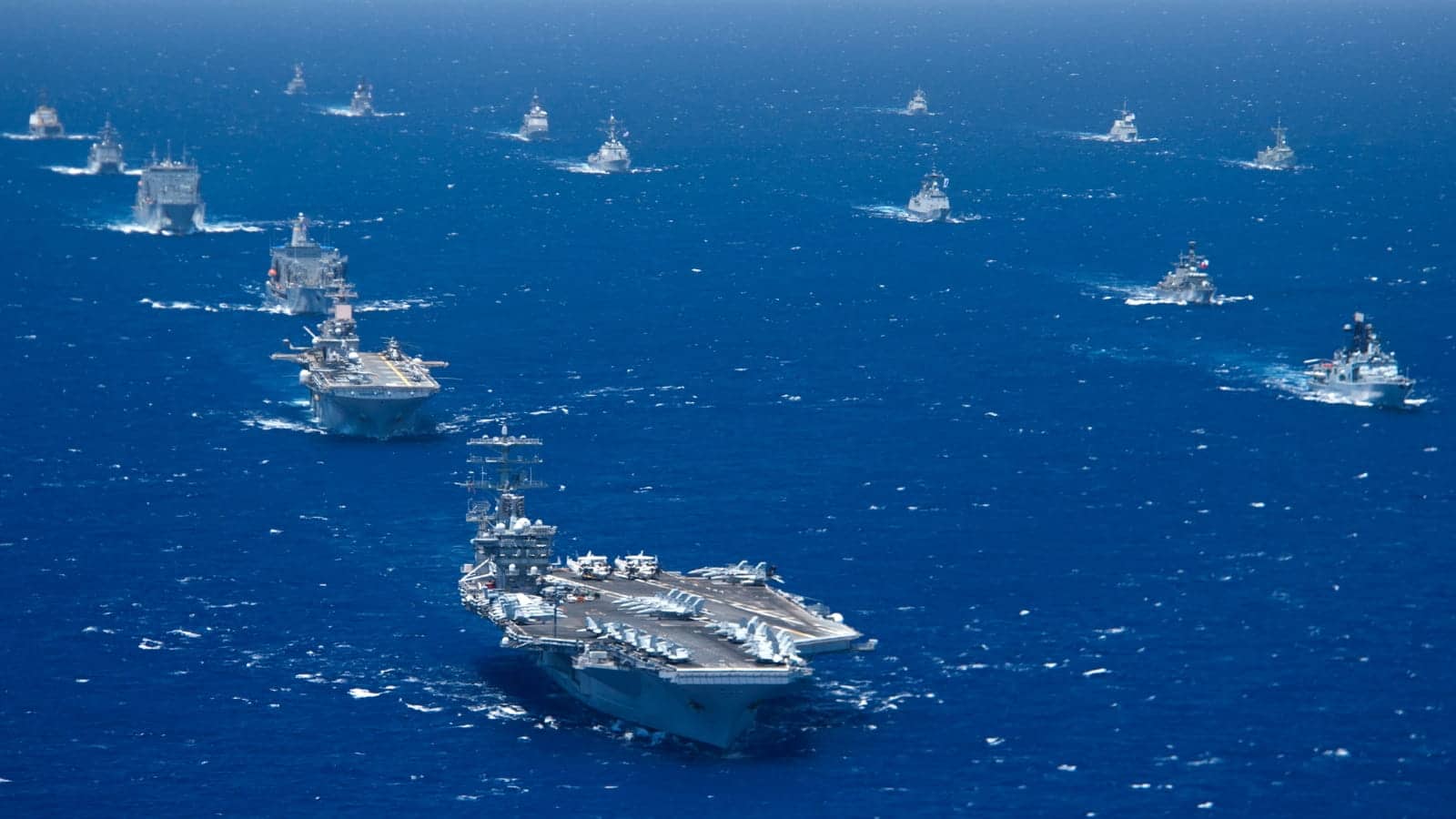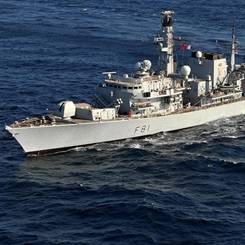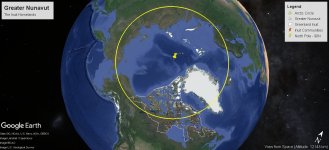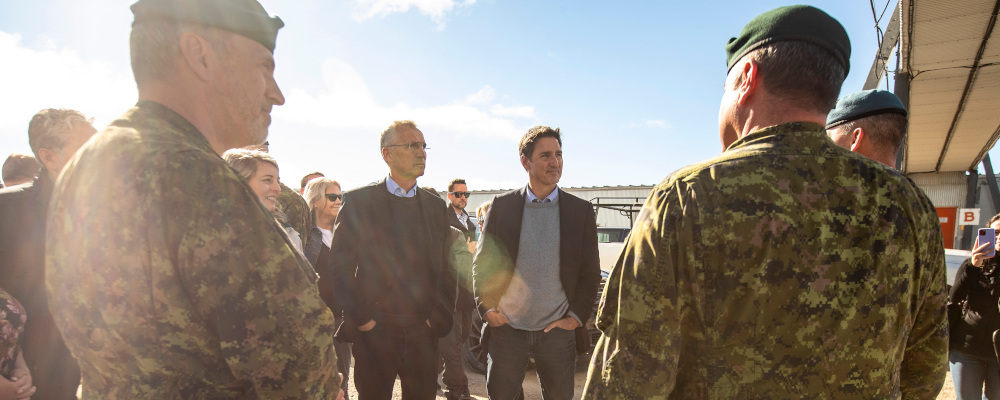More interesting stuff related to the Korean subs and Canada:
Day 2 at MADEX 2023,the international maritime defense exhibition held in Busan, South Korea. In this video we focus on the KSS III submarine

www.navalnews.com
And Hanwha is also involved in its own XLUUV solution.
Hanwha Ocean today unveiled a new extra large uncrewed underwater vehicle dubbed "Combat XLUUV" at MADEX 2023.

www.navalnews.com
Which brings us back around to this
The Scandinavian nation divested of submarines in 2004 but lawmakers are actively considering whether to acquire them again.

breakingdefense.com
and this
The US Navy’s CNO Admiral Michael Gilday considers establishing a major multinational maritime exercise in the Euro-Atlantic Region...

www.navalnews.com
and this
-
Austria: 32 in use with the Austrian Army. Ordered in July 2016, first vehicles delivered in February 2019.[23][24]
- France: 53 BvS10 in use with the French Army.[25]
- Netherlands: 73 BvS10 in use with the Netherlands Marine Corps.[26]
- Sweden: 153 BvS10 MkII in use with the Swedish Army.[27] New order in 2021 for 127 BvS10 vehicles with a 2022 follow-on order for 40[18] and 236 under the CATV program.
- United Kingdom: 99 BvS-10 Mk2 in use with the Royal Marines.[28] 60 ordered under the CATV program to be delivered from 2024 onwards.
- Ukraine: 28 ex-Dutch BvS-10s donated to Ukraine prior to March 2023.[29]
Future operators[edit]
- Canada: The Canadian Army is currently tendering the purchase of 100 vehicles under the Domestic Arctic Mobility Enhancement for delivery from 2029-2030.
- United States: 136 Beowulf model to be delivered by 2029.
- Germany: 140 CATV ordered with delivery commencing 2024.[30] + 227 vehicles ordered in March 2023 [31]
From the bottom up:
2029-2030 - US AND Canada to take delivery of 236 BvS10s - the newer, armoured/unarmoured version of the Bv206s currently operated by both countries in very small numbers. Enough to equip a single Arctic Brigade deployable by C130s and supportable by CH(1)47s?
Is this the timeline that Canada is now being "encouraged" to work towards?
Next up
Gilday's call for an Arctic RimPac, not necessarily led by the US but taking into account Chinese interests in the Arctic
North Eastern NATO now has different priorities than South Western NATO. The SW is focused on making friends with whoever supplies Siberian gas. The NE has a long cultural memory of the Hordes.
The SW has been cosying up to China. The NE sees China as a friend of Putin. China sees Putin as a useful ally so long as he is useful.
The NE has effectively been going its own way with the rise of, first, the Nordic Defence Co-Operation (NorDefCo) group of Iceland, Denmark, Norway, Sweden and Finland, then the Joint Expeditionary Force (JEF) of NorDefCo which incorporates Estonia, Latvia and Lithuania and is backed by the UK, and, by virtue of the involvement of the their marines with the Royal Marines, the Dutch. That group of countries covers what used to be known as the GIUK Gap (Greenland-Iceland-UK Gap) from Hans Island to the Kola Peninsula with Norway controlling Svalbard and Denmark controlling Greenland and the Faeroes with the UK controlling the Shetlands, Orkneys and Hebrides - all of which used to be known to the Scandinavians as the Sudreyjar, or Southern Islands, when they were the Lords of the Isles. With JEF backing Poland's backing of Ukraine, together with the Czechs and the Slovaks, the NE is becoming a very cohesive and interlinked block of its own. Not to mention being interoperable - Bv210s, CV90s, Huitfeldt Type 31s, interoperable missiles - and conducting their own Arctic Exercises which the US Navy has been joining.
Exercise Joint Warrior is the largest military exercise in Europe, bringing together the Royal Navy, the Royal Air Force and the British Army, as well as forces from other nations.

www.royalnavy.mod.uk

merivoimat.fi
Which brings us around to considering the weak points.
The first is Germany. Germany has always be torn between its Hanseatic North and its Danubian South. Always as in "predating the Romans".
Northern Germany is a Baltic nation of fishermen and sea traders. The South is heavily influenced by its association with the horse cultures of the Steppes (Bavaria as in B-AVAR-ia - the land of the AVARs, close cousins of the Magyars of Hungary). The North and South see the world differently. In so far as Germany is unified, while Northern Germany supports NE NATO Southern Germany is more traditionally aligned with SW NATO. While Germany supports NE NATO the Baltic is a NATO/JEF lake. If Germany decides to support SW NATO, or a third party, then it can become the Dog-in-the-manger.
Which puts Denmark in the frame as a very strategic country on two fronts. The first is the most obvious one of the cork in the bottle chanelling the all Baltic shipping through shallow seas of the Skaggerak, Kattegat, Storebaelt, Lillebaelt and the Helsingoer-Helsingborg strait. This was previously managed by coastal artillery, mines, fast patrol boats, and submarines. Denmark left the blue water stuff to the Royal Navy since Nelson visited in 1801 an borrowed their blue water ships. All good pals together now though.
But Denmark's "ownership" of the Faeroes and Greenland puts Denmark back into the blue water strategy game as a key player in the GIUK gap being responsible for the seas between Greenland and Norway's Svalbard in the north, Greenland and Iceland in the south as well as between Iceland and the Faeroes and the Faeroes and Bergen and the Faeroes and the Shetlands.
But Denmark's Greenland also dominates Hans Island, the Nares Strait, Baffin Bay and Davis Strait. Names that should be well known to Canadians. And the Scandinavians are well known in the Canadian arctic (Gjoa Haven eg), Newfoundland (l'Anse aux Meadows) and possibly/probably Oak Island. I'm betting on the Vikings as the original builders. Digression.
That is a lot of responsibility for a little country of 6 million. It will need all the help it can get from as many friends as it can find. Fortunately Norway has fielded a bit of blue water capability, 4 of 5 frigates and a half a dozen subs. The Brits are the primary force in the area and the Dutch have Atlantic interests as well (Curacao and St Maarten) so they contribute a bit of sea-going force as well.
Which finally brings us to Canada, also known as the GIUK Gap's western flank.
What is Canada going to do?
Our western flank focuses on Esquimalt, the Pacific and China. Alaska separates that fleet from our other western flank in the Arctic - the one that we don't give any thought to. The one dominated by Russia and the US. The one that exercises our US friends and leaves them wondering about attack routes over the Pole.
But "over the pole" is the least likely invasion route, as opposed to attack route. Over the pole is a possible route for bombardment, not for invasion, even small scale invasions. Small scale invasions of North are possible, however probable/improbable, via island hopping along the Aleutians, Big-Little Diomede and across the seasonally frozen Chukchi Sea. But those are American problems. Not ours.
The other route is from Nova Zemlya held by the Russians, Svalbard held by the Norwegians, Independence Fjord at the top end of Greenland held by Denmark, Thule held by the USAF and then across the Nares Strait by way of Hans Island to Ellesmere and that annoying Observation Post at Alert.
We might not be worried about this as a possibility worthy of developing realistic plans but it seems that the Scandinavians and the Brits certainly are. And the US North Command seems to be interested in what we are not doing up there. NorthCom has already taken NORAD under its wing and has extended its influence to the seas around North America as well as the skies over it. It has also started to push for more Army capability in the North.
We are starting to feel more pressure from a cash-strapped US that wants to spend more of its bucks on Canadian style healthcare and less on defending Canada.
But ...
This is Canada. We have no enemies. And the Russians? Well the Ukrainians will take care of them shortly for the next few decades.
But that would leave a vacuum in the Arctic - which Nature and the Chinese abhor. We would swap the Russian occupation of the Other Arctic for a Chinese occupation. Are they as likely to be as passive in exploiting opportunity as the Russians have been?
Most of the rest of the Arctic is betting NOT.
Which means that Canada's Arctic will be defended. Against the Chinese. By JEF, the Royal Navy and the Danes and Norwegians, or by the US.
All of which puts the issue of Chinese commercial and political involvement in Canada in perspective.
And the defence of the many channels and shallow seas of Canada's Arctic Archipelago. Which mimics, on a larger scale, the strategic situation that Denmark faces in its home waters along with its Kalmar Union associates of Norway and Sweden.
Those waters did not demand a long ranging blue water fleet. They demanded, and demand, Coastal Artillery, short range patrol boats, short range patrol submarines, sensors, mines, captor mines, minelayers and a flexible, manoeuverable army capable of seeing off marine and airborne landing attempts. It also demanded a well wired in and equipped GBAD air defence system based on HAWK missiles and NASAMs C2 as well as a strong force of F17s which co-operated with the Dutch and Norwegian F16s - and the Swedish Gripens.
And no doubt any revitalization of that defense system will be incorporating Uncrewed systems.
So, again, what is Canada going to do?
We have northern Elint in the form of Alert. We have satellite surveillance in the form of Radarsats. We have fighter cover in the form of F18s. All of which are to be upgraded if we believe the press.
We have a small army that can operate up there if it gets better kit in a timely fashion and more training opportunities. We have air assets that can support small army operations in the region. We even have a few platforms from which platoon / company scale operations can be supported by air - the AOPSs.
The AOPSs can also operate as mine-layers and UUV tenders supervising everything from Captors through SUUVs, MUUVs, LUUVs and Xtra Large Uncrewed Underwater Vessels - XLUUVs.
And we are acquiring RPAS SkyGuardians to operate in the Arctic.
And that brings us back around to Domestic Arctic Mobility Enhancement and BvS10s by 2030. And Submarines - Blue Water? Or Patrol Submarines and XLUUVs?

 www.navalnews.com
www.navalnews.com



